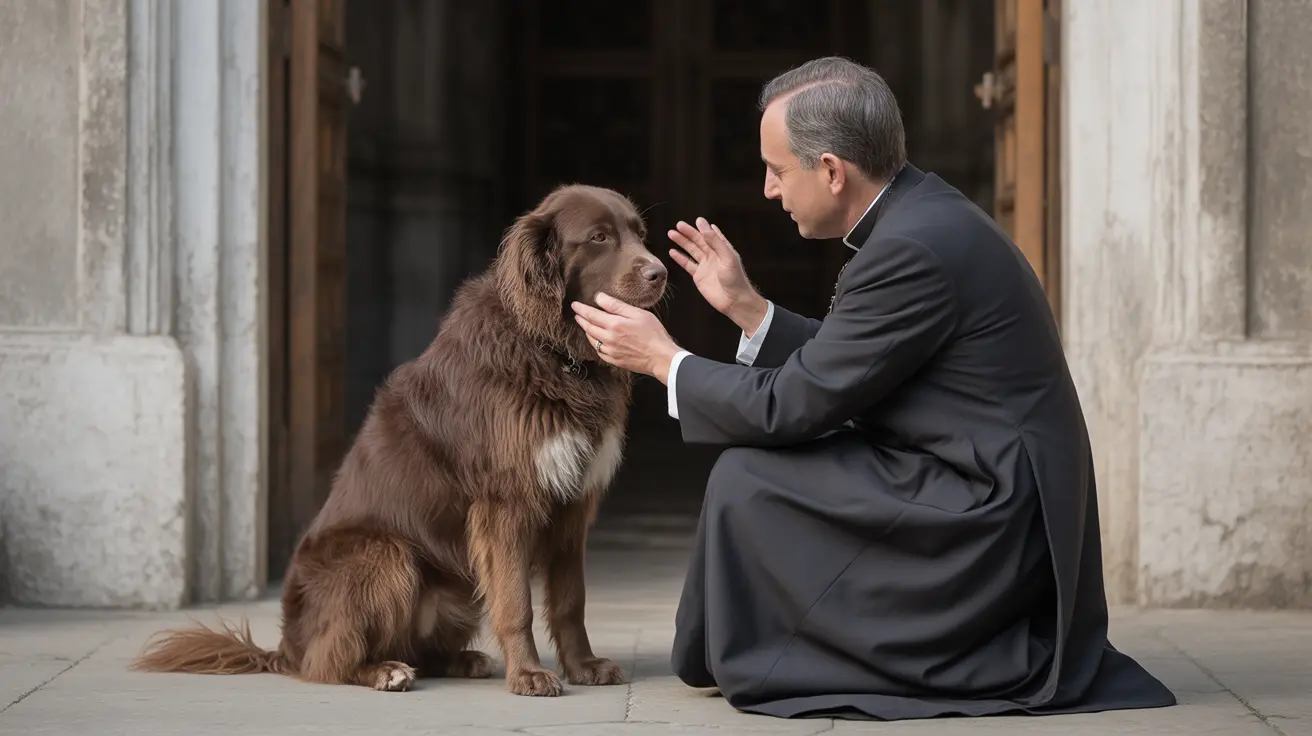When your male cat undergoes perineal urethrostomy (PU) surgery, proper recovery care is crucial for ensuring the best possible outcome. This comprehensive guide will walk you through everything you need to know about PU surgery cat recovery, from immediate post-operative care to long-term management strategies.
Understanding the recovery process and knowing what to expect can help reduce anxiety and ensure your cat receives the best possible care during this critical period. Let's explore the essential aspects of PU surgery recovery and how to support your feline friend through their healing journey.
Immediate Post-Surgical Care
The first 24-48 hours after PU surgery are critical for your cat's recovery. During this time, your cat will typically remain hospitalized under veterinary supervision. Medical staff will monitor vital signs, manage pain, and ensure proper urination through the new surgical site.
Your veterinarian will provide intravenous fluids to maintain hydration and may keep a urinary catheter in place temporarily to prevent swelling and maintain urine flow. This initial monitoring period is essential for identifying and addressing any immediate post-operative complications.
Creating a Recovery-Friendly Home Environment
Before bringing your cat home, prepare a quiet, comfortable recovery space away from other pets. Set up easy-access necessities, including:
- A clean litter box with low sides
- Fresh water and food bowls within easy reach
- Soft bedding in a draft-free area
- Paper-based or pelleted litter to prevent wound contamination
Managing the First Two Weeks at Home
The first two weeks of home recovery require vigilant care and attention. Your cat must wear an e-collar or recovery suit to prevent licking the surgical site. Restrict activity and keep your cat confined to prevent jumping or excessive movement that could compromise healing.
Monitor your cat's urination patterns closely. While some blood-tinged urine and frequent urination are normal initially, contact your veterinarian if you notice straining, inability to urinate, or signs of pain.
Long-Term Recovery and Management
After the initial healing period, focus shifts to long-term management strategies. This includes:
- Maintaining a prescription urinary diet
- Encouraging increased water consumption
- Regular veterinary check-ups
- Monitoring for signs of urinary issues
- Stress reduction techniques
Frequently Asked Questions
How long does it typically take for a cat to recover from PU surgery?
Complete recovery typically takes 2-3 weeks, with most cats returning to normal activities after suture removal at 14-21 days post-surgery. However, long-term management continues indefinitely.
What are the most important post-operative care steps for a cat after PU surgery?
Key steps include maintaining the e-collar, restricting activity, monitoring urination, keeping the surgical site clean, and following all medication schedules. Regular veterinary check-ups are also essential.
How can I prevent my cat from licking the surgical site after PU surgery?
Use an e-collar or recovery suit continuously for 2-3 weeks. Remove only during supervised feeding times and replace immediately afterward to prevent wound contamination.
What are the potential complications or risks associated with PU surgery in cats?
Possible complications include infection, wound breakdown, stricture formation, urinary incontinence, and recurring urinary tract infections. Prompt veterinary attention to any concerns helps minimize these risks.
How can I manage my cat's long-term urinary health after undergoing PU surgery?
Focus on maintaining a prescription urinary diet, ensuring adequate water intake, reducing stress, maintaining a healthy weight, and scheduling regular veterinary check-ups to monitor urinary health.
Conclusion
While PU surgery recovery requires dedication and careful attention to detail, most cats recover successfully with proper care. By following your veterinarian's instructions and maintaining vigilant post-operative care, you can help ensure your cat's successful recovery and improved quality of life after this important procedure.






